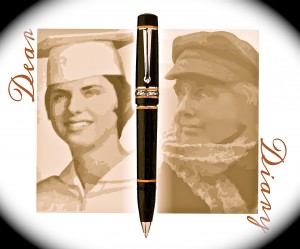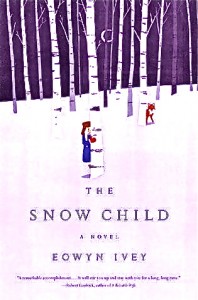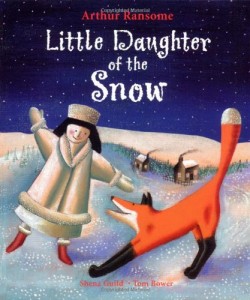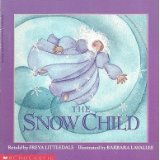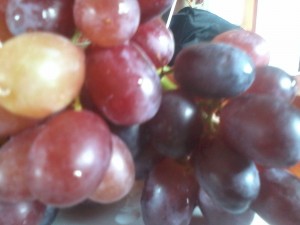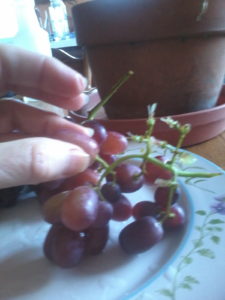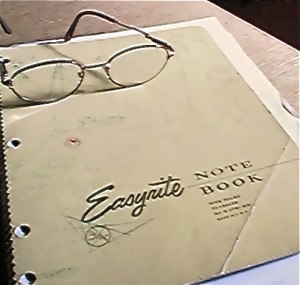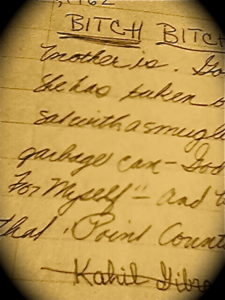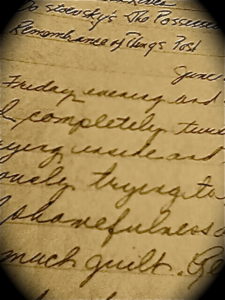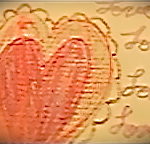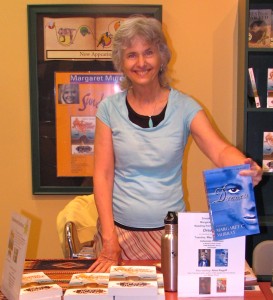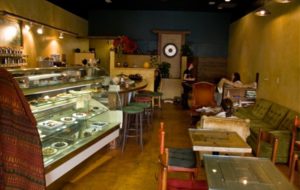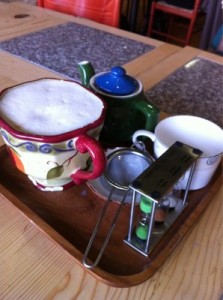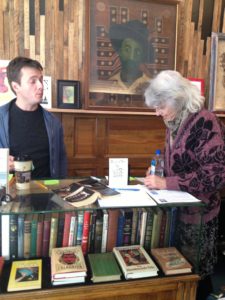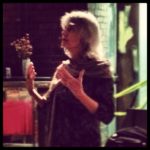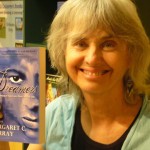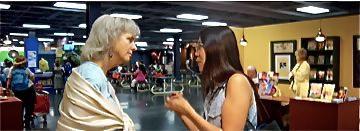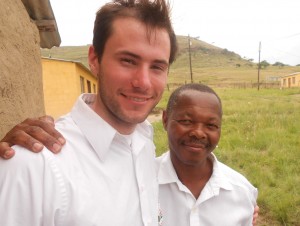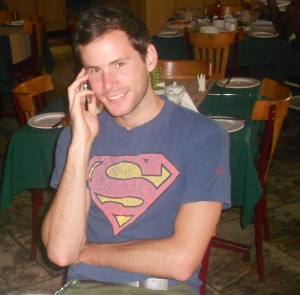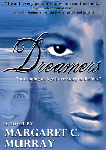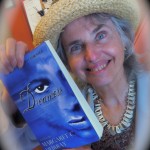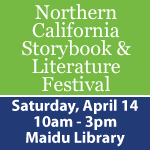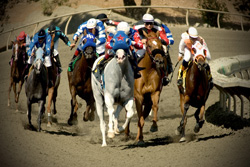
Come on. Get out of those diary dumps and come with me to the 2013 California State Fair. Life’s excruciating between the covers of my old diary. Get a grip. I’m tired of reading about my incessant self-absorption! Take this lament I wrote after the end of my freshman year in college:
“A horrible thought is my uncanny recollection of the pain and my inability to remember the happiness. I fear the remembered joys for should I expect joy, I suppose I should fall apart.” –June 23, 1963.
I was tortured alright and I didn’t know how to get out of it.
I know now the world is a much bigger place and remembering joys can’t make me fall apart. They often lead to present ones. Take the Fair for example. How I love to watch those majestic race horses bolting from the gate.
Remember how I loved going to Kennywood Amusement Park in Pittsburgh? (No, Kennywood isn’t mentioned in you, dear diary. That’s because it’s too much fun!) Remember screaming with excitement and delight on the Racer roller coaster with Dad? Remember being on top of the Ferris Wheel looking out over the Monongahela River beside my best friend, Ginny, in our new matching shorts and tops, applying fresh lipstick between each new ride? The California State Fair is big fun too.
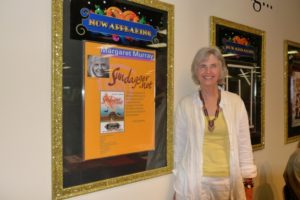
What’s so great is I get to be one of 40+ featured authors. I apologize to the literary critic and outright snob of eighteen, the judgmental author of said diary, when I freely admit I love presenting my novels Dreamers and Sundagger.net at the Fair. I revel in meeting and greeting everyone. We have great and small conversations about authors and books and I love selling mine. In fact, I enjoy the whole damn show.
Each author has his or her own unique story. For example, at the Authors’ Booth you’ll find Naida West, the long-time manager of the booth, author of the California Gold Trilogy, and a penetrating writer with a big heart and an even bigger vision.
I remember it was 1997 and I was going to an open-air book fair on the Embarcadero when I met Naida. I had been rewriting Dreamers for it seemed like forever and working on another novel too called Pillow Prayers, a desperate story of Age of Aquarius hippiedom. That one’s still under my bed waiting to be sprung loose. That October day I took BART to the San Francisco wharf to rub shoulders with published authors and booksellers at a free book event that featured the best-selling Jane Smiley. But the author who really made an impression on me that day was Naida West.
Naida approached me smiling, as if welcoming me into her ’49er world. She wore a long paisley dress and matching bonnet, a pioneer outfit clearly meant to promote her novel on the small folding table, River of Red Gold. (I can hear my eighteen-year-old literary critic mumble, “But this is so obvious! So blatantly crude and sales-directed.”) As if a writer has to wait on a pedestal, hoping for a scraps, nods of recognition, pennies in remuneration.
After I read Naida West’s breakthrough California historical fiction, I realized here was a courageous woman at the helm of authordom, courageous enough to tell the gold rush story of San Francisco from the authentic, Native American point of view. She was steering her own ship, a small press owner and publisher, while the infant self-publishing digital revolution had barely broken the surface of the Bay waves.
I’ve met other writers at the Fair too who have opened my eyes to bright possibilities I never dreamed of. Jody Horner was the inspiration for my present novel-in-progress, Spiral, a story of migration. The animated author of a series of Golden History books compiled from primary source documents, Jody encouraged me to write a sun dagger series. I remember the moment I actually saw it was possible. In my mind’s eye I followed a besieged primitive Anasazi mother and her young son on a migration to a mountain top more dangerous than anything they left behind. Where a few moments before I had never even considered the possibility of a prequel to Sundagger.net, now. . .now? I can do it, I thought. I can see how it will go. The writing will be easy.
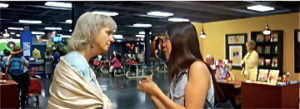
For more about the 2013 CA State Fair, click on:
Upcoming Events
For more about the Authors’ Booth, click on:
Books by Dead Guys
The Most Popular Question

